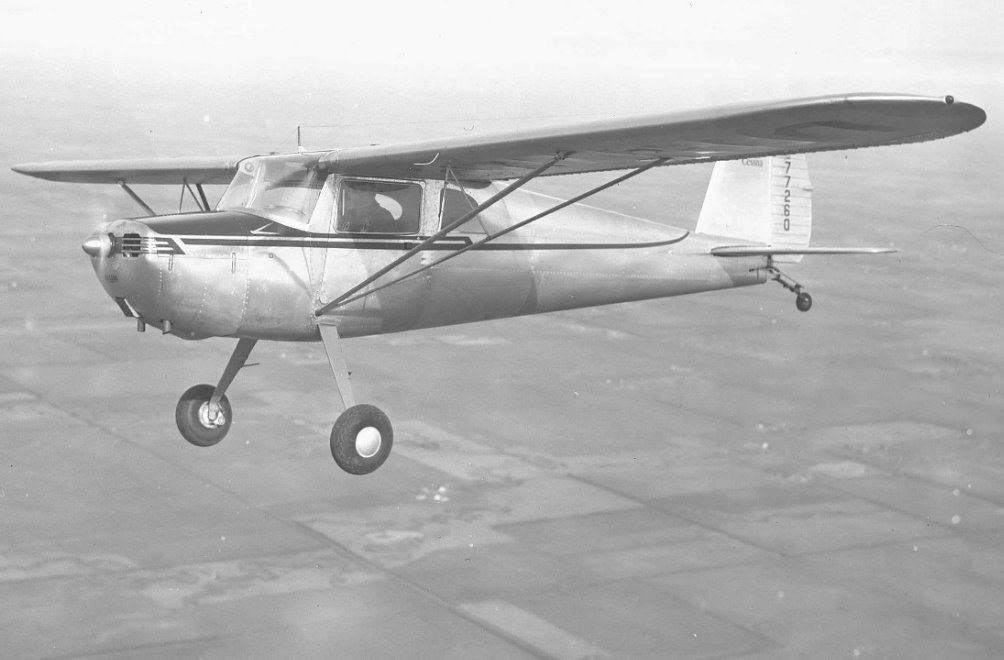Tuesday, March 29, 2016
Repairs to Skin Panel P/N 0412116 (fig. 23-31)
The center skin on the top of the rear fuselage (fig. 23-31) had 2 wrinkles, one on each side, which hammered out nicely. Rather than replace the skin it seemed better to patch them while the other skin was removed. I am trying to make a good flying plane not a show plane. This is a slow process as is.
Along with these 2 patches I reinforced the stiffener on this skin and the stiffeners on the bottom skin below the one removed. The repair manual has a repair using 0.050" x 1/2" x 1/2" aluminum angle for a stiffener. This was done for the flanges which were slightly bent by the tent collapse.
The first task was to drill out the rivets along one of the stiffeners. I didn't want to unrivet too much at one time. The rivets on the formers were 1/8" and the rivets along the flanges were 3/32".
The first step was to draw a visible center line on the flange for locating through the rivet holes. A rivet hole was drilled at one end and the angle clecoed in place to locate the hole at the other end. Next 2 intermediate holes were marked and drilled. The effort was to make the center line follow the rivet holes as close as possible.
With Clecos about every 6 inches the rest of the holes were center punched and drilled.
Because the skin was still off it was easy to rivet the stiffener in place and then do the next one.
With the stiffeners all done patches were made for the skin. The damage area was drawn on the skin with a felt marker and then drawn on a piece of paper to lay out each patch. The damaged area was smaller on the left side. The red lines are about where the curve start to help me form the bend in the correct place.
The patch was cut out and all the holes punched.
To form the bend I used a piece of a heavy 3" card board tube. A short piece of 3" schedule 40 PVC pipe would work well also. The patch was formed around the tube by hand until it fit snug to the fuselage skin.
The patches are on the inside of the skin so holes were drilled from inside the fuselage through the skin. As each hole was drilled a Cleco was installed to help keep the patch from moving slightly.
Once each patch was ready to install it was primed with zinc chromate primer.
The patches were riveted in place before the aft shin was reinstalled.
The seams on the old skin were lightly cleaned and all the joint areas primed with zinc chromate.
Ah, the fun part, my 6'-5" frame squeezed into the tail, ear plugs in place and bucking bar in hand.
Make sure your rivet gun operator is well trained before you crawl in there. You can't see what they are doing until it's all done.
One shiny new skin in a sea of old aluminum. Fortunately there was very little corrosion in the joints so once painted this should be good for many years more.
Subscribe to:
Post Comments (Atom)

















No comments:
Post a Comment